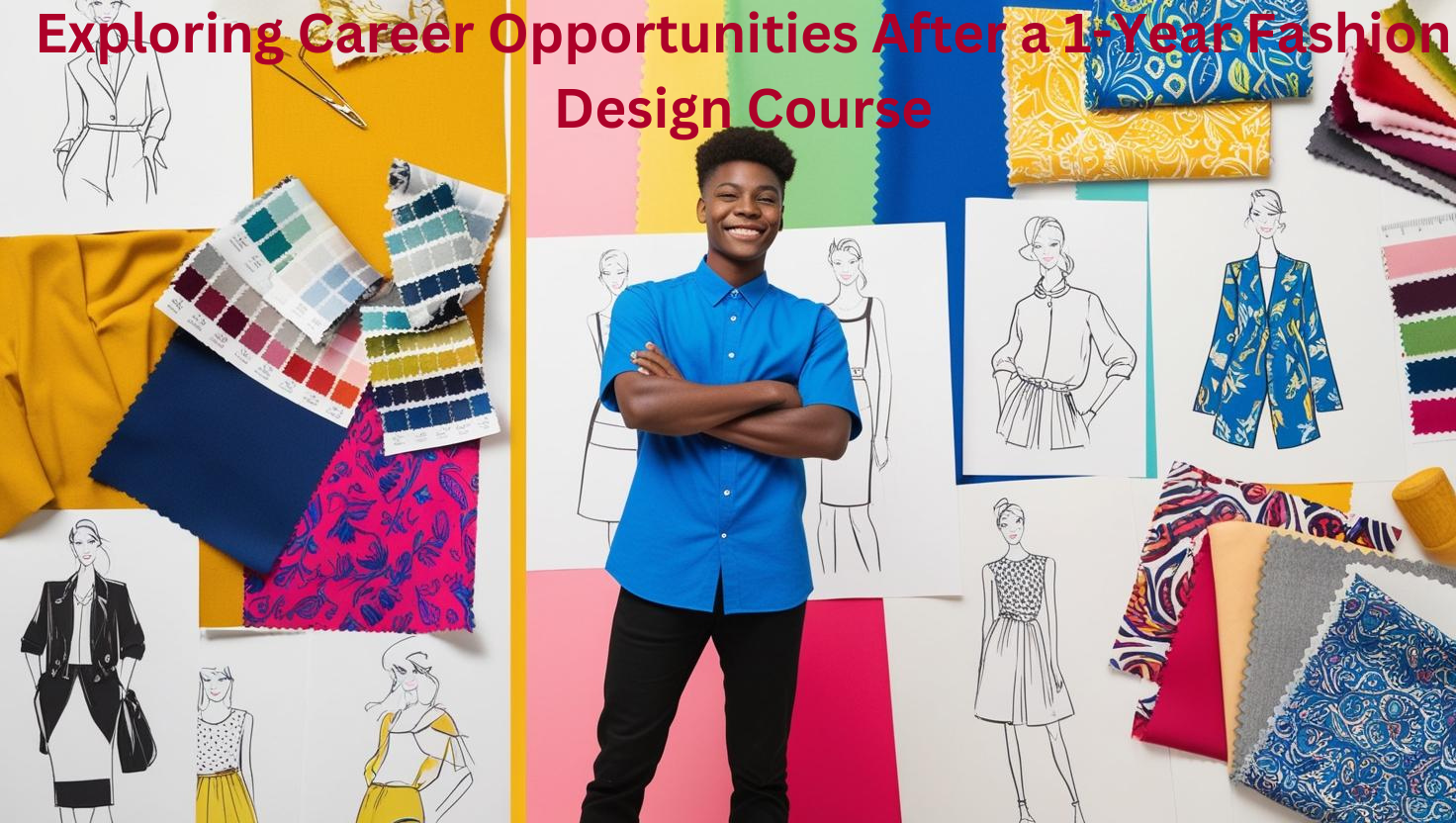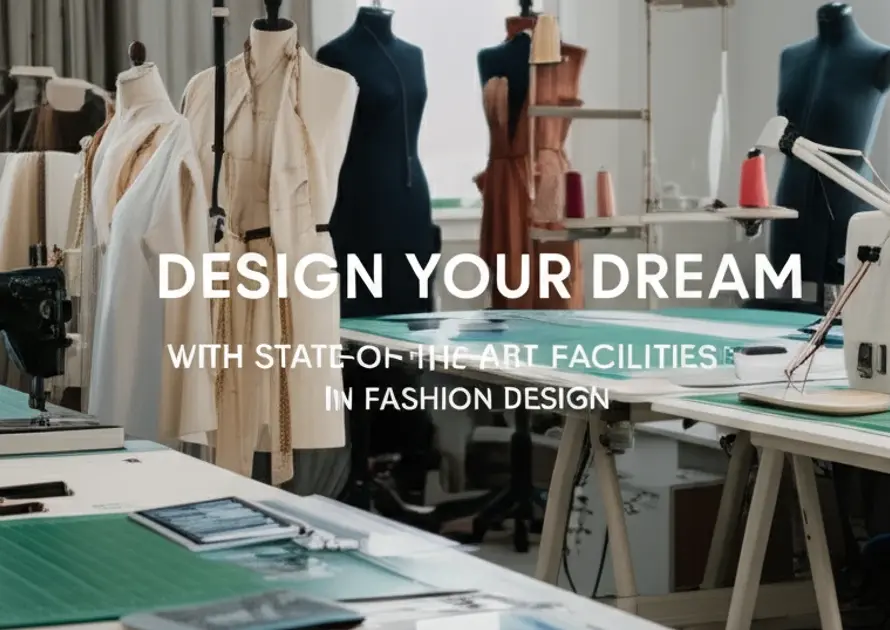The world of fashion is always a fascinating subject, full of creativity and innovations. A student enrolling for a 1-year course in fashion design becomes adept with the entire set of skills and knowledge required to build a successful career. Be it a desire to launch your brand or to associate with already famous designers, it’s endless with immense diversity. Here’s the all-inclusive list of various career options which can be taken after a 1-year fashion design course.
Why take a 1-year course in fashion design?
A 1-year course is one of the very compact education programs that provide the basic core curriculum of fashion design. These include sketching, pattern-making, garment construction, and use of digital tools, among other things. It’s very hands-on for students who like to get started on the learning process pretty quickly or in need of a refresher sort of way.
Best Career Option After Successfully Passing a 1-Year Course in Fashion Design
Fashion Designer

Job Description: Produce designs for apparel and accessories on one’s own or as a staff member of a fashion house.
Creativity, sketching, understanding of textile and garment making are the needed skills.
The best way to begin is by putting together a portfolio while one is in class. This allows a potential employer or client to view one’s aesthetic and technical capabilities.
Stylist
Gather the components of outfits for individuals, brands, or films.
In demand: On-trend sense, color combinations, and working well under stress.
How to Get Started: Intern with established stylists or volunteer for small-scale projects to gain experience.
Fashion Illustrator
Job: Draw detailed drawings and illustrations of designs or designs for publications.
Skills: High quality drawing skills as well as good working knowledge of computer illustration.
Getting Started: Use the illustration modules provided in your course to develop a diverse portfolio.
Pattern Maker
Job: Create patterns that are utilized to assist in the sewing of garments together.
Skills: Technical knowledge, attention to detail, accuracy and an excellent knowledge of garment construction.
How to Get Started: Apply for internships or entry-level positions with clothing manufacturing companies.
Merchandiser
Job: Research consumer trends and demand to develop and present plans and recommendations for selling fashion products.
Skills Required: Analytical thinking and trend forecasting capability, in addition to knowledge of marketing.
How to Get Started: Apply for merchandising positions at retail or fashion companies.
Entrepreneur
Role: Start your own fashion brand or boutique.
Skills Needed: Design skills, business acumen, and marketing skills.
How to Get Started: Take the projects of your courses to create a product line and start small by selling on online platforms or pop-up shops.
Fashion Blogger/Influencer
Role: Share fashion insights, trends, and personal style through blogs or social media.
Skills Needed: Writing, photography, and social media marketing.
How to Start: Document your journey during the course and consistently create content to build an audience.
Costume Designer
Role: Costume designer for theatre, film, or television productions.
Skills needed: Creativity, knowledge of historical and cultural fashion, as well as ability to collaborate.
How to start: Intern with costume departments or theater groups to get hands-on experience.
Building Your Career After the Course
Build a Strong Portfolio
Add sketches, completed garments, and details of the design process, showcasing versatility and originality to stand out in the competitive fashion industry.
Network within the industry.
Attend fashion events, exhibitions, and workshops for networking opportunities.
Connect through online communities or forums.
Internships and Entry-Level Positions
Gain practical experience and skills by working with established designers or brands.
Many internships turn into full-time jobs.
Stay Up-to-Date
Keep up with industry trends and cutting-edge technologies related to sustainable fashion and digital design tools.
You could also consider brief courses or seminars that can continue to enhance your skills.
Success Stories
1-year graduate from the fashion program created a streetwear brand that is currently successful in working with the brand after applying the garments construction and marketing abilities learned in the program.
Another alumna became an assistant designer at one of the best-known fashion houses through a spectacular portfolio she designed during the program.
Conclusion
A 1-year course in fashion design is just the beginning of a journey. The skills and knowledge acquired can open up many career paths, from creating their own collections to working with industry leaders. With the right focus, networking, and constant improvement, one can build a fulfilling and successful career in the fashion world.




